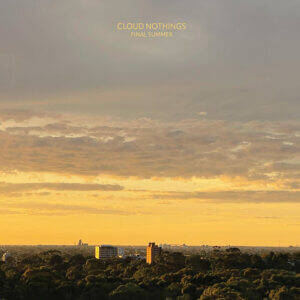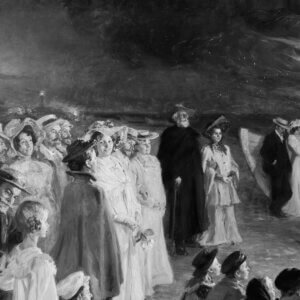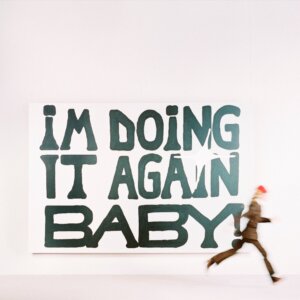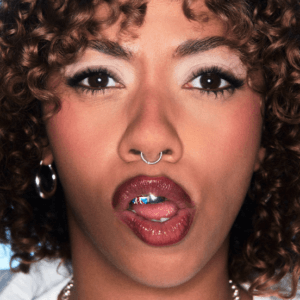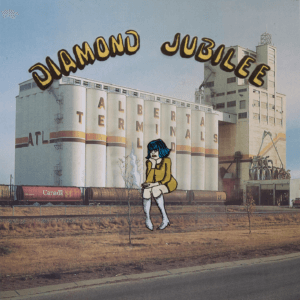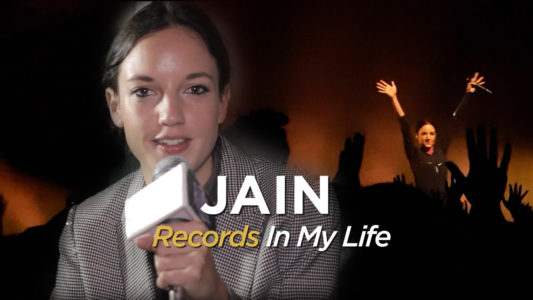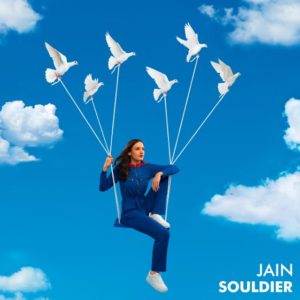Our interview with singer/beat-maker Jain
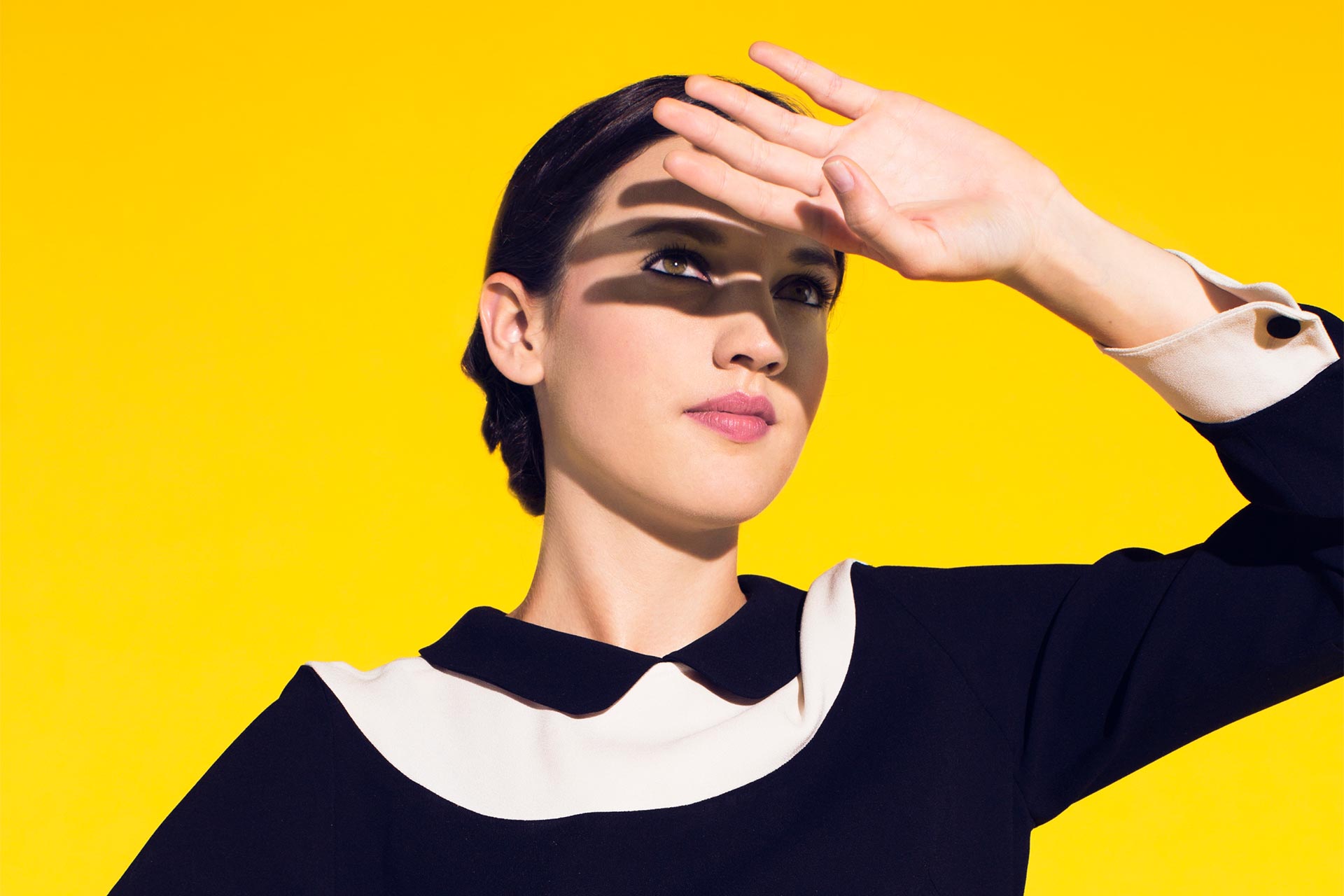
Qui est Jain? You’ll know soon enough, if you don’t already.
Over a year ago Jeanne Galice, AKA Jain, released her debut album Zanaka to European audiences, stealing hearts with a new pop sound influenced by Congolese percussion and French electronic music. As contagious as it is, Zanaka is more than just another pop album—it is a reflection of present-day multiculturalism, and a herald of the genre diversity to come.
Northern Transmissions caught up with Jain during her tour of North America to discuss beats, contrast, and finding home through songwriting.
Northern Transmissions: Congratulations on winning the Grulke Prize at SXSW!
Jain: Thank you! I was really happy about it and I didn’t expect it.
NT: What did you think of Austin?
J: It was very fun because just before Austin I was in France, and I was touring in big venues with [more] musicians. I had to go back to the start in Austin with a very small venue. It was challenging for me to remember how to do, actually. … The people are so close, they see everything. It is hard to make a mistake on stage because everyone is watching very closely. It’s pressure.
NT: Zanaka was released November 2015, but it is still gaining momentum. Are you working on any new material, or focusing on touring and introducing it to new audiences?
J: I’m writing new songs. The thing is, in France the album was released more than one year ago, but [in North America] it has only been released a few months. I’ve been working on songs and new demos, and we’re going to try to record the second album very soon, I hope. If everything goes fine.
NT: You are working within a strange timeline, having released it in 2015 in France and in 2016 in North America.
J: Yeah, it’s funny because in France our indie rock [scene] is good. Most of the people know about our music. But here, I have to do all the work again. It’s very exciting.
NT: Your sound is influenced by your environment. I have read articles where you state that your percussion is inspired by the Congo and the Middle East, and that your electronic influences are from France. Your creativity certainly has a sponge-like quality. Are there any sounds or influences that you have picked up on the road recently that may find its way onto a future album?
J: I really want to keep mixing different kinds of styles. Right now I’m very into electro and South American music. I think the next album will have all the influences I have already in the first album, but also some new ones. I just want to mix things up a little bit.
NT: Having travelled a lot in your youth and now touring for your music, I wonder, do you feel comfortable in transitional spaces like airports and train stations, or do you wish you could skip ahead to your final destinations?
J: I actually don’t think there is ever a final destination. I think everywhere is a destination. I never say to myself, “This is where I’m going to stay.” It’s never over, I’m always moving around. And that’s what I like. That’s why I’m making music, actually. Music was really my only safe place—the only place I could feel at home—with my songs that would follow me. I think my final destination is wherever I can write songs. And I can write songs anywhere with my computer and my guitar.
NT: Are there certain songwriters that you go back to if you need to get into a comfortable zone for songwriting? Artists that inspire you?
J: I started to really love music when I discovered soul music, like Otis Redding, Aretha Franklin, and Nina Simone. I really like the idea of ‘intemporalité’ [or timelessness], something that you can listen across all ages. For me, a sign that something is good is when the audience is all ages from 7 to 50, when [the music] really unites people.
NT: I like the idea of intergenerational appeal. Your music has that in a lot of ways because you also mix genres that could appeal to different generations. Your sound could be familiar to a lot of different people.
J: Yes, I really try to regroup stuff to make it my own. And that is my big challenge in my songwriting—to be able to do that.
NT: In your videos, press photos, and during live performances you have a very particular aesthetic. You wear a Claudine or Peter Pan collar. Over the last century it has been associated with low fashion and high fashion, school uniforms and wedding attire. What attracts you to that style? Is it purely fashion, or are you making a statement of some kind?
J: I like the idea of having a uniform on stage that gets into peoples’ minds. I don’t know. My album is all about contrast. There is a lot of different [music] styles. I dress in a lot of black and white. It is also very classic, very French, and very weird, in a way—it does not go with my music, which is very colourful. … I didn’t want to be like the singers that I love, like Beyonce or anyone like that, sexy and stuff. Instead, I wanted to put my music up front, before my self.
NT: That’s smart. Media has a tendency to judge women in music based on what they wear, and to fixate on their appearance as opposed to their talent. You have found a way to remove yourself from that.
J: Thank you.
NT: What is the most beautiful natural or industrial percussion that you pay attention to? Are there particular sounds in your different environments that you hear on a regular basis that make you smile?
J: I love to hear heels in a store when people walk really fast. It’s funny, I love the sound of it. And I love the subway in Paris, when it’s kind of a messy sound.
Interview by Brit Bachmann.
Latest Reviews
Tracks
Advertisement
Looking for something new to listen to?
Sign up to our all-new newsletter for top-notch reviews, news, videos and playlists.
